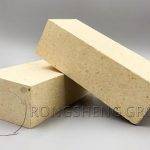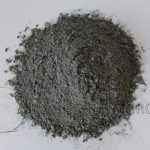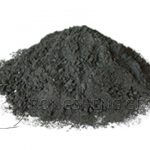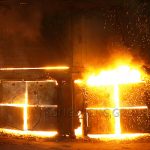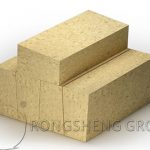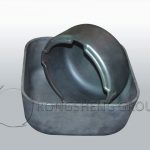Refractory casting is a kind of indeterminate refractory material, and the construction method of formwork casting and vibration can discharge the air bubbles in the material to achieve densification. Its main feature is that it has high fluidity and is suitable for unshaped refractory materials formed by casting. Compared with other monolithic refractory materials, it has a higher binder and moisture content and better fluidity. Conventional castables can choose the materials and binders used according to the conditions of use. Refractory casting, including Mizzou castable plus, can not only be cast directly into the lining but also can be used as a prefabricated block by casting or shaking. The application fields of conventional castables include the building materials industry (cement glass ceramics, etc.), the petrochemical industry, the electric power industry, the metallurgical industry, non-ferrous metals, and high-temperature furnaces with similar operating conditions. Clay and high alumina dense castable refractory. Rongsheng refractory manufacturers can customize the formula of refractory casting lining for customers according to the actual production needs of high-temperature industrial furnaces.
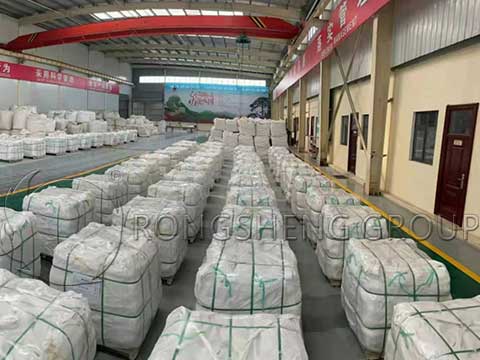
In order to improve the physical and chemical properties and construction performance of conventional castables, an appropriate amount of admixture is often added. Such as plasticizers, dispersants, coagulants, retarders, expansion agents, degumming-gelling agents, etc. In addition, for the refractory casting lining used in the parts subject to strong mechanical force or strong thermal shock, if an appropriate amount of stainless steel fiber is added, the toughness of the material will be significantly increased. In heat-insulating refractory castables, if inorganic fibers are added, it can not only enhance the toughness but also help to improve its heat-insulation performance.
Clay and high alumina dense castable refractory
Clay and high alumina dense castable refractory are a dense castable refractory made of clay and high alumina raw materials. Clay and high alumina dense refractory castables are divided into 5 categories. Namely, clay-bonded refractory castables, cement-bonded refractory castables, low cement-bonded refractory castables, phosphate-bonded refractory castables, and water glass-bonded refractory castables.
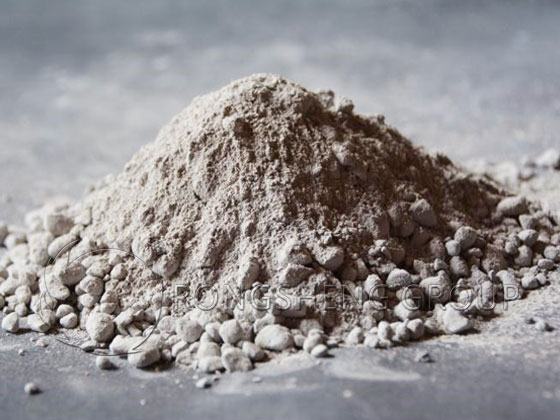
Performance index of clay and high alumina dense castable refractory
Compared with aluminate cement refractory castables, ordinary clay-based refractory castables have the characteristics of high strength, no decrease in medium temperature strength, and good spalling resistance. Compared with high alumina castable, it has the characteristics of convenient construction and easy storage. Its use temperature is generally 1000~1200℃.
Ordinary clay-based refractory castables were widely used in flame furnaces such as soaking furnaces and heating furnaces at the end of the 20th century and achieved good economic results. The service life of the steel rolling heating furnace is generally 3 to 5 years, the service life of the forged steel chamber heating furnace is about 2 years, and the service life of the single-side upper burner soaking furnace is generally 3 to 6 years.
Clay refractory castable undergoes a series of physical and chemical changes in the heating furnace. Macroscopically, it is the changing characteristics of its density and strength. As the temperature continues to rise, its compressive strength also increases. Especially at 800~1000℃, the strength suddenly increases from about 10MPa to more than 31MPa, and then the strength increases less.
The physical and chemical changes, phase composition, and organizational structure of the matrix material of clay refractory castables during the heating process determine the characteristics of the material. In the matrix material, the cement coagulant endows the castable with room temperature and low-temperature performance, and the high alumina powder plays the role of filling the void. At high temperatures, two kinds of active AL2O3 participate in the reaction. Clay binders always work. As we all know, the main mineral that binds clay is kaolinite.
High alumina dense castable refractory uses relatively pure CA-80 cement as a binder. It is mixed with aggregates such as corundum, mullite, super bauxite clinker, and alumina powder or admixtures in proportion. It is made by adding water, stirring, forming, and curing. High alumina castable plus. It is characterized by high refractoriness and load-softening temperature, high-temperature strength, good slag resistance, and strong resistance to reducing gas. The maximum service temperature of high-aluminum dense castable refractory is about 1600°C, and it is a material that is currently widely used. The maximum particle size of the fused corundum aggregate used in the high-alumina dense refractory castable is 3 mm. When preparing, a proper amount of water-reducing agent is added to improve the ease of construction and performance.
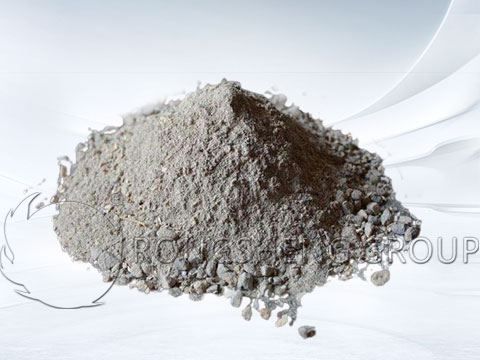
How to improve the anti-slag erosion performance of dense castable refractory?
The development trend of dense refractory castables is to reduce the content of calcium aluminate cement as much as possible while maintaining good green strength and high-temperature mechanical properties. The key technology is to increase the packing density between particles. The above objectives can be effectively achieved by adding micro powder, submicron powder, or even nano-alumina powder. The reasons are:
- 1) The CaO content in the castable is reduced, the low-melt phase formed at high temperature is reduced, and the high-temperature mechanical properties of the castable can be significantly improved.
- 2) Promote sintering at medium temperature and increase the medium temperature strength of the castable.
- 3) Reduce the total amount of water added and increase the compactness of the castable.
- More importantly, alumina micro powder can promote the formation reaction of the CA6 phase of calcium aluminate cement at high temperatures, thus significantly improving the high-temperature performance of castables.
A New Dense Refractory Castable
The permeable brick produced by high-purity corundum-spinel castable is used on the 120tLF refining ladle of a steel plant, and the corrosion resistance is significantly improved. The surface of residual bricks is smooth and flat, which solves the problems of uneven erosion, easy cracking, and broken bricks of conventional castable permeable bricks. Rongsheng refractory manufacturer has an environmentally friendly and advanced monolithic refractory production line with an annual output of 860,000 tons. Our refractory products have been sold to more than 70 countries and regions all over the world, such as South Africa, Chile, Egypt, Colombia, Uzbekistan, Italy, Indonesia, Ukraine, Hungary, Spain, Kenya, Syria, Zambia, Oman, Venezuela, India, Peru, the United States, Ethiopia, etc. As a manufacturer and seller of refractory materials, we suggest that when purchasing refractory materials, the following factors should be considered in addition to the price. Long service life, better heat preservation effect, simpler masonry method and faster masonry speed, fast maintenance speed, and so on.



